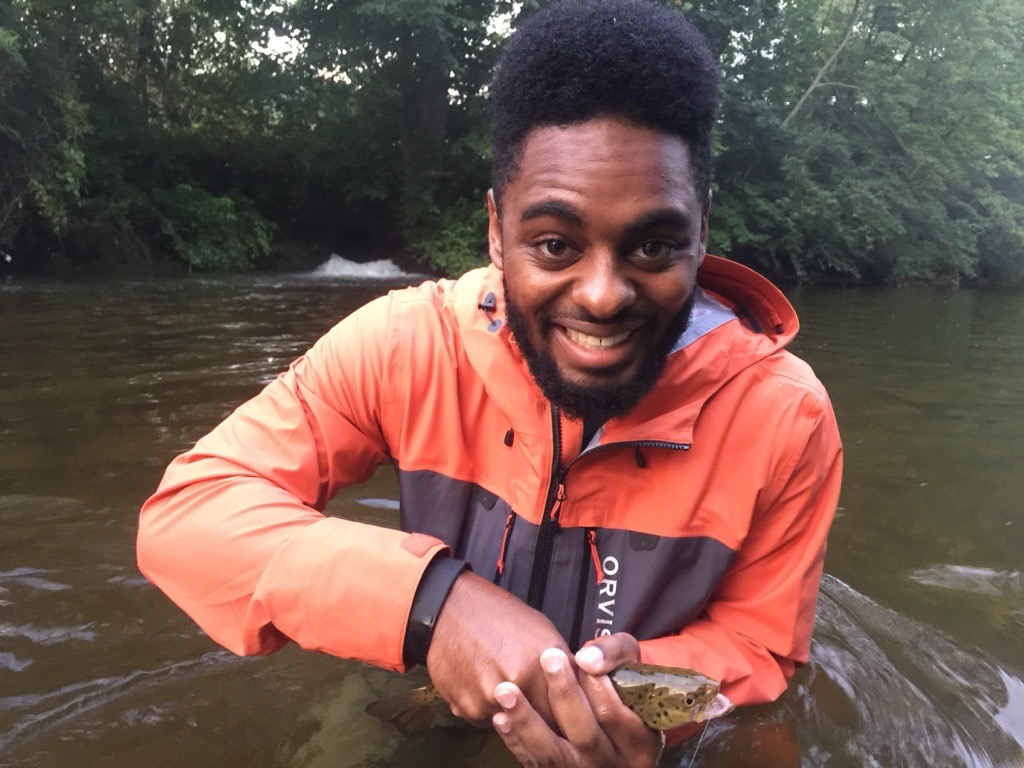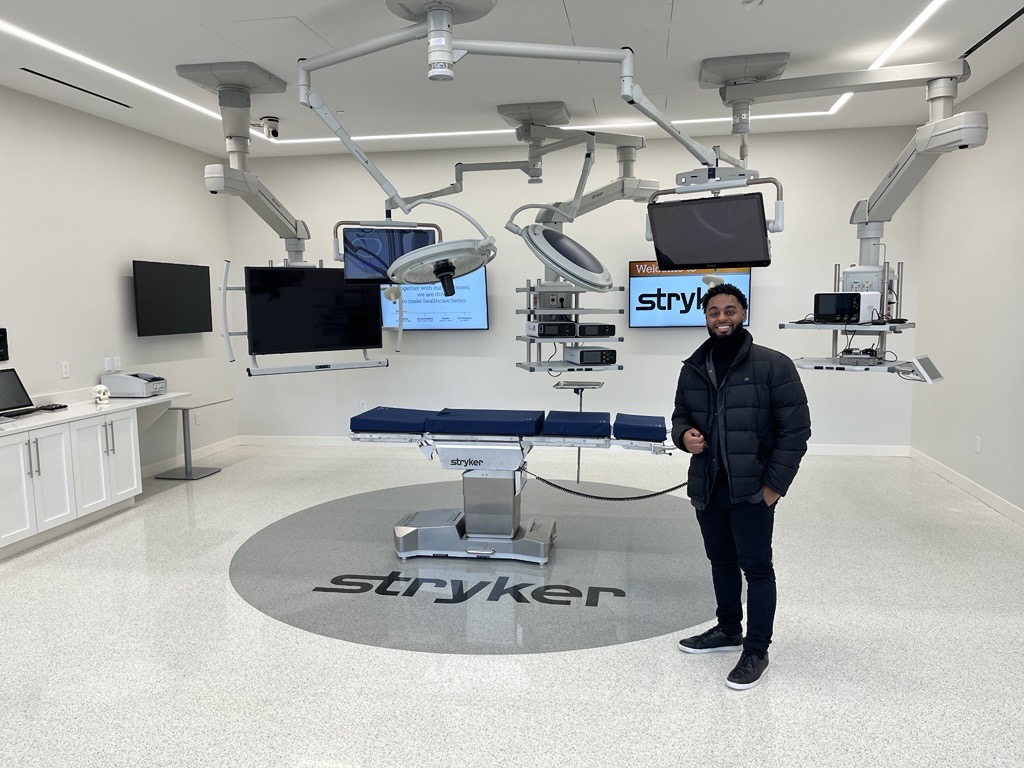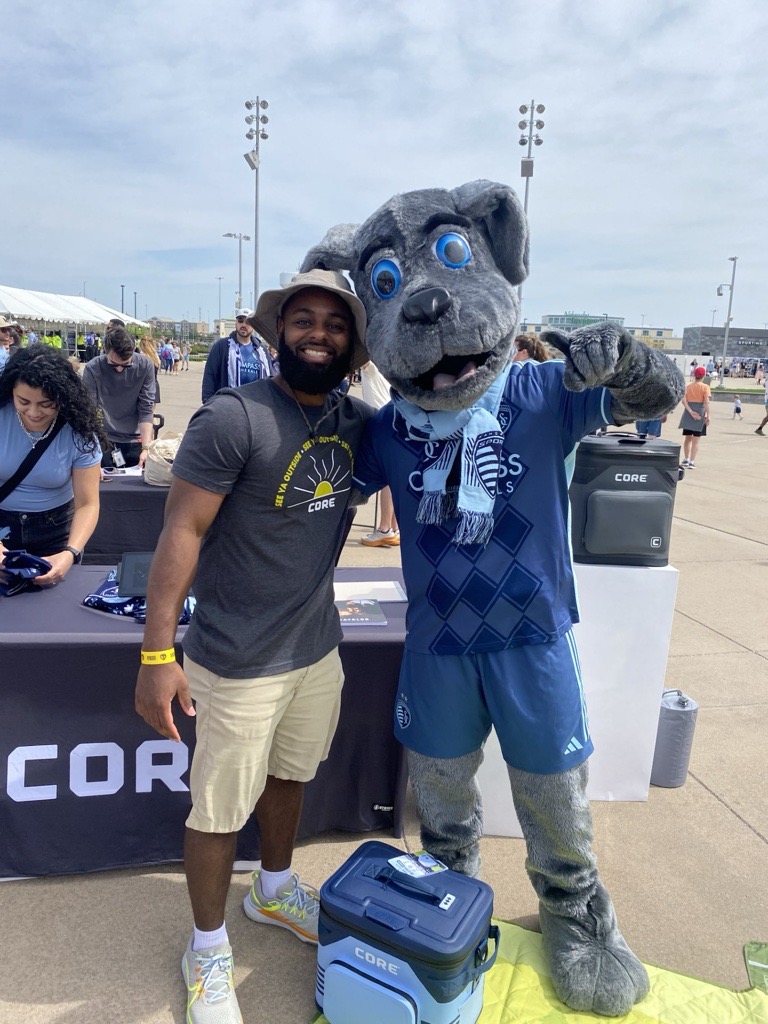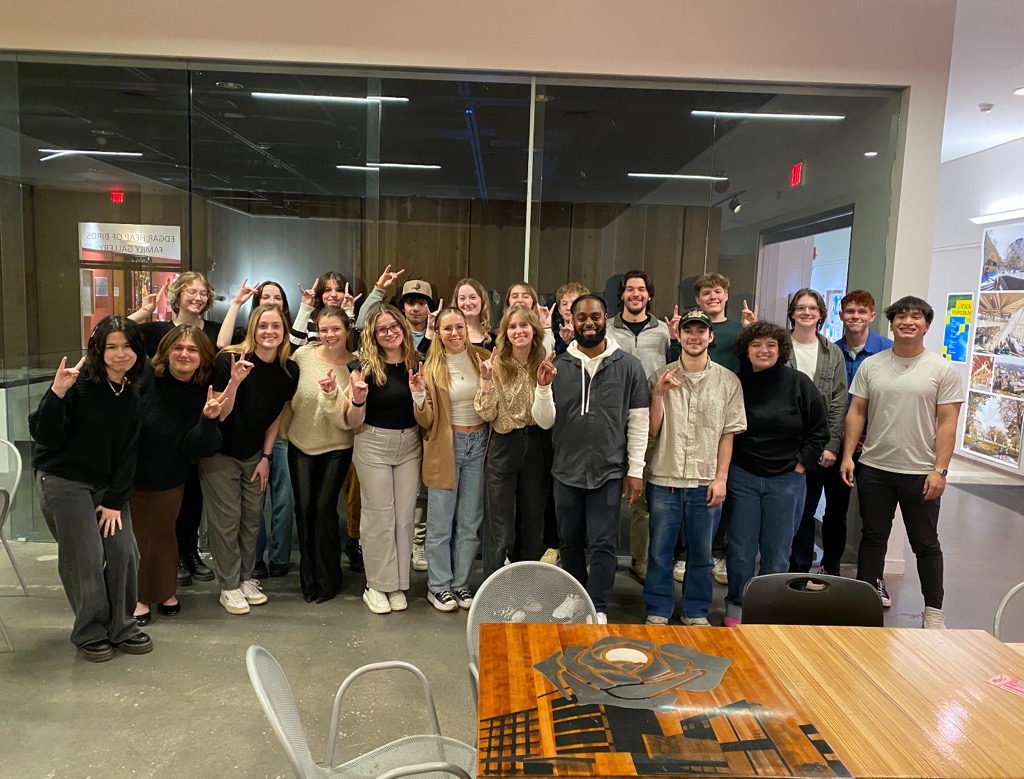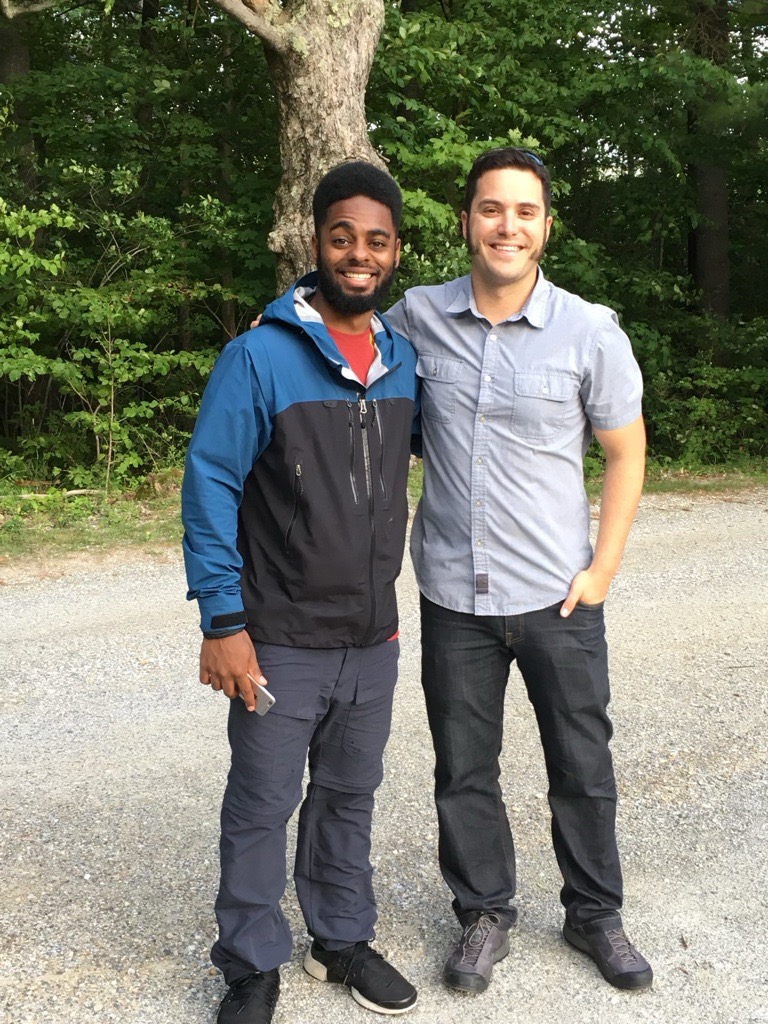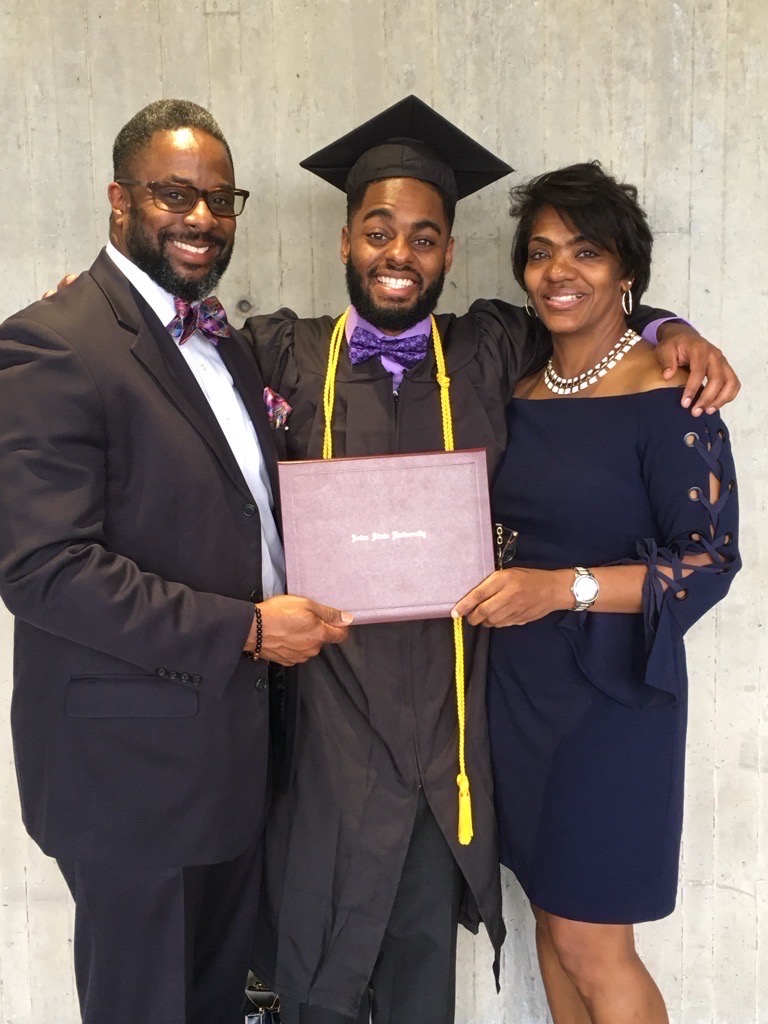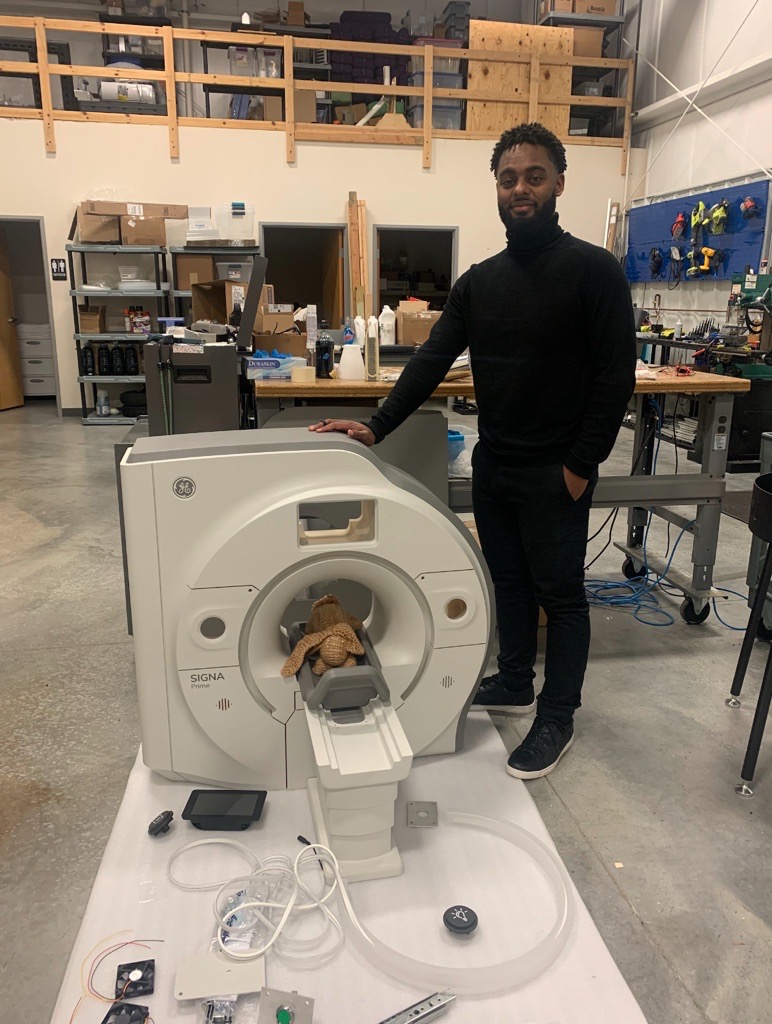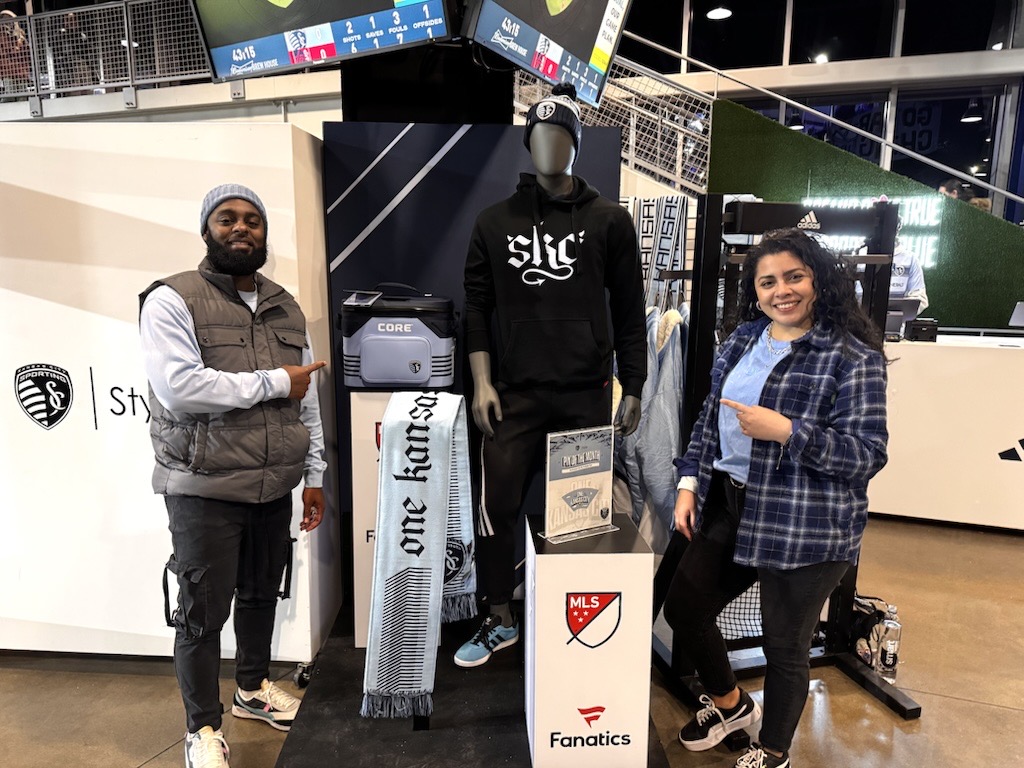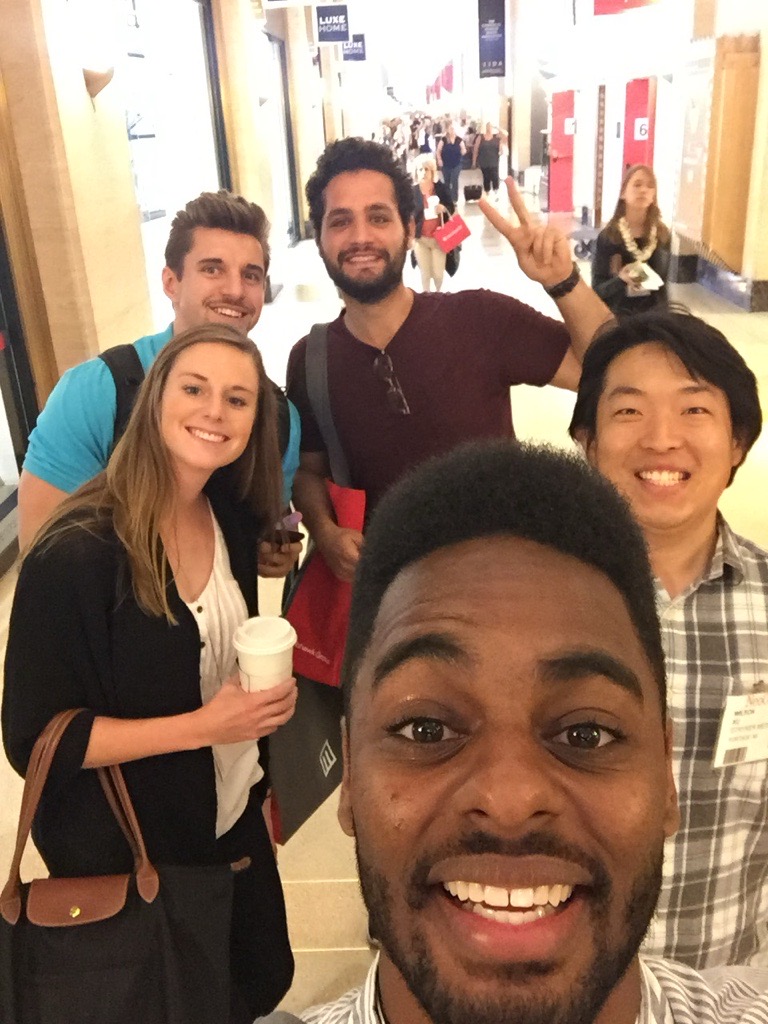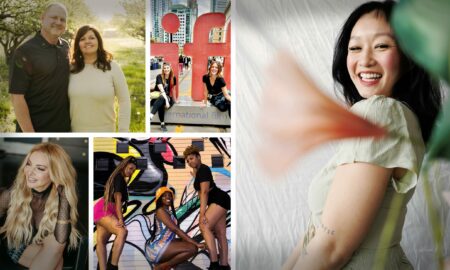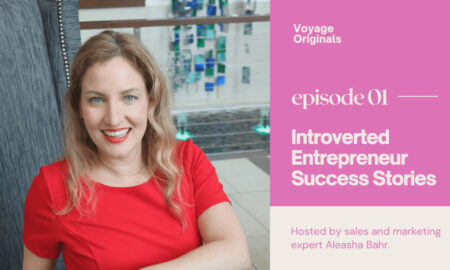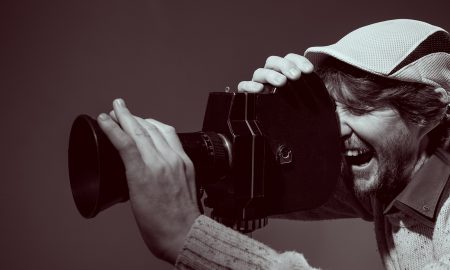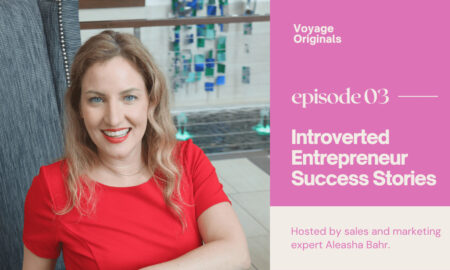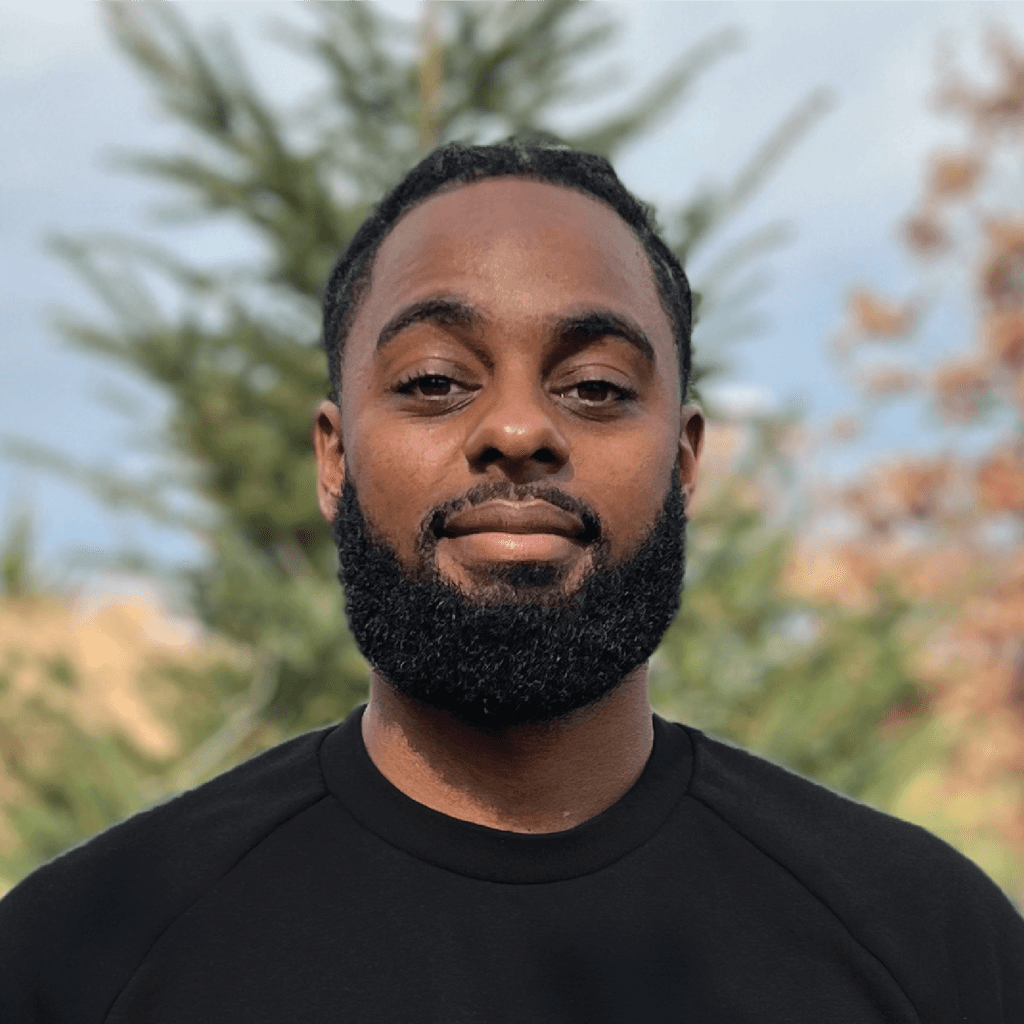

Today we’d like to introduce you to Montel Caruthers.
Montel, we appreciate you taking the time to share your story with us today. Where does your story begin?
I grew up in an artistic and talented family that served its community faithfully. My family owned one of the longest standing dance and performing arts centers in Kansas City: Caruthers Creative Studio. Through my involvement with the studio I got to see the impact that creativity could have within the black community in KC. When it came time to choose my career path, I knew I needed something that would allow me to continue to use my creativity, and create eventual avenues to expose my community to new avenues of creativity. I originally chose architecture at Iowa State University, but learned about Industrial Design through a senior project that changed the trajectory of my career. That project showed how one could design equipment to facilitate the healing process of post-fracture prodedures, and I became inspired from that day. I wanted to explore how my community could leverage its creativity to solve its own problems, create better and more relevant solutions, and better represent ourselves in the products and envrinonments that we exist in. I figured if we could have a hand in designing our own lives and our own things, we would control more of our lives, our upward trajectory, and create our own systems of community advancement one product or service at a time. As a person of faith, my worldview is shaped by belief in a God who celebrates local and often overlooked expressions of humanity as valuable and worth preserving and celebrating. Excess success and recognition aren’t goals of mine. Impact that matters is important to me.
I finished my industrial design program focusing on behavioral research, design research, human-centric design methods, and followed up my Bachelors with a Masters of Graphic design focusing on the interaction between messaging, value, brands, communities, objects, entities, spaces, and the things we create and why we create them. I took my journey through consulting, internships, sponsored projects, corporate in-house work, and contract work to arrive where I am today, as Sr. Designer at Insight 2 Design in Overland Park, KS.
We all face challenges, but looking back would you describe it as a relatively smooth road?
One of the biggest struggles I had in navigating Industrial Design (ID) was my sense of belonging. ID is a traditionally white and male-dominated field, and as an African American man I didn’t identify with the design history we learned about, nor with those who were esteemed great in the industry. We studied designers, movements, and peaks of human achievement that represented none of the African, African American, South American, or Native approaches to life, faith, community, product, health, or leisure. The American capitalist framework was the cornerstone of the industry, and my reason for being in ID never aligned with that agenda. I was there to learn the tools and gain experience that would allow me to become a professional that engaged with my community in ways that highlighted ID and graphic design as career pathways. I rarely met designers whose purpose was to take their abilities back into local communities and engage with them in ways that create partnership, mentorship, and career pathways.
In terms of engaging with the design community, comparatively I dressed differently, talked differently, and I often engaged on terms that were foreign to my own in order to thrive and move successfully amongst my new design peers. I remember during my time in academia, faculty encouraged others to proudly display profiles of themselves to expand their exposure online to potential companies while I was advised to consider whether showing myself would hurt my chances at career advancement or job consideration. Taking up space has been a journey, and one that I have been growing in to this day. As I currently exist in a Senior role at my company and an educator in KU’s ID program, I am more proactive as I have ever been about showing up in spaces as myself, as my community shaped me, and advocating especially for minority young professionals as they find their way through the design industry.
My breakthroughs have come from engaging with people on a human level. As informed by my faith, being led by a God who has a heart for the unseen shapes every part of what I see when I’m searching for solutions through a creative means. As we set out to create, the more we engage each other out of curiosity instead of assumption, the more opportunity we create for communal growth. The more influence we gain in spaces that people engage in, the more our responsibility to set a tone of curiosity, respect, and advocacy. All ships rise and the ocean of progress is never exhausted, even when we share both risk and credit.
Can you tell our readers more about what you do and what you think sets you apart from others?
I’ve designed both hard goods and soft goods for a variety of customers and industries. I’ve worked to design award-winning packaging designs for DAP, I’ve been on development teams creating patented solutions for companies like Weber and MasterLock, sports medicine braces for McDavid USA’s basketball line, prostate biopsy equipment for Civco Medical, CMF (color, material, and finish) patterns and carry solutions for Orvis, and faucets for Chicago Faucets. I believe diversity of thought and exposure to diverse environments has helped me approach my design opportunities with out of the box thinking that goes beyond a monetary goal and centers a human, experiential, and community aspects of how a design exists in the world. I’ve been able to create a unique approach to problem-solving that combines behavioral research practices, my graphic design background in psychology, messaging, and interpretation, my engineering and manufacturing experience, my branding background engaging with subcultures and the value of objects within a community, the creative and expressive arts of the community that shaped me, and a personal desire to see lives changed by what I do.
Two of my proudest moments to date have come from two different sides of my design practice: one in brand building and the other in human-centered life improvement. I was able to design an intervention toy for GE that used play to expose children to MRI machine sensory experiences before they underwent their procedures. The toy was a simplified replica of the GE Signa Prime that incorporated lights, sound, photobooth-style engagement for kids to “perform” MRI imaging on stuffed animals before their procedures. The intervention was successful as testimonies of parents came in describing how it de-mystified the experience, disarmed fears, and helped the family navigate already potentially anxious circumstances.
The second moment has come from helping facilitate a partnership with Core Equipment outdoor gear with Sporting KC our local MLS club. I was able to help frame the partnership, pitch creative interactions for fan engagement, and design a special SKC edition ClimaKeep cooler for fans and locals. The ClimaKeep soft cooler combines a fridge-like easy in and out magnetic lid, a waterproof zipper, amazing 2+ day ice retention, durable materials, and personal item storage. This development for Core Equipment (of which I was the lead designer) became the center-point of the partnership, encouraging fans to buy the cooler that makes it easier to get outside with others.
My next endeavor is targeted toward mentorship, advocacy, and community engagement. I want to work with high schools in the KC area to expose students to the power of design and creative industries. I want to partner with leading design institutions to create both virtual and in-person shadow experiences of life as a creative problem solver. I would also love to create some form of summer camps/after school activities that engage students through design projects and promote the creative fields like industrial design, service design, and graphic design.
We’d love to hear about how you think about risk taking?
I think risks are the only ways we explore the possibilities. Product development is inherently a risk-taking industry because we develop and offer solutions that we hope will add value to people’s lives but sometimes things go well and sometimes they don’t. Failure, testing, and exposing our assumptions is the best pathway to verifying decisions and finding what’s right for whoever we might be considering with our offering. I find it hard to be a person who is not comfortable with risk in their personal life to be comfortable with it as a problem solver. Limitations are just the edges of where the person before us was willing to venture out in exploring risk. Anyone willing to take another step opens themselves to more possibilities.
Contact Info:
- Website: https://montelc.myportfolio.com/projects
- LinkedIn: https://www.linkedin.com/in/montel-caruthers/
